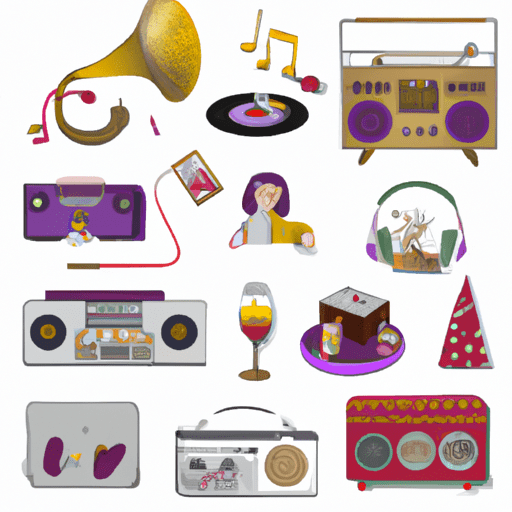The Unforgettable Alphabet: The 26 Letters That Stick With Us
Have you ever stopped to think about the alphabet? It’s a simple concept, really. Just 26 letters, in a specific order, that make up the words we use every day. But have you ever thought about why those 26 letters are the ones we use? Why not more, why not less?
It’s fascinating to me how the alphabet has become so engrained in our culture. We teach it to our children as soon as they start learning to talk. We use it to sort and organize information. We use it as the basis for all written language. And yet, it’s just one set of letters, in one particular order.
As I started to think about this, I tried to come up with other notable sets of things that are as memorable and widely recognized as the alphabet. But I struggled. Sure, there are famous groups like The Beatles or The Marx Brothers, but those are limited to just a few members. When it comes to sets of things that number in the dozens or even hundreds, there’s really nothing that compares.
So why is that? Why does the alphabet hold such a special place in our collective consciousness? Perhaps it’s because it’s so fundamental to our ability to communicate. Without the letters of the alphabet, we wouldn’t be able to express our thoughts and ideas in written form. And without written language, we’d be severely limited in our ability to pass on knowledge and ideas to future generations.
But it’s not just the utility of the alphabet that makes it so memorable. It’s also the way it’s been imbued with meaning and significance by human culture over time. Consider the way we use letters to represent not just sounds, but also concepts. “A” is for apple, but it’s also the first letter of the alphabet, so it carries with it a sense of importance and precedence. “Z” is often used to represent the end of something, like the end of a movie credits sequence. And certain letters, like “X” and “Z”, have a certain coolness factor that’s hard to explain.
Of course, the alphabet hasn’t always looked the way it does now. The ancient Phoenicians are credited with inventing the first alphabet, which consisted of just 22 letters. Over time, the alphabet evolved and was adapted by different cultures, with new letters added or discarded depending on the needs of the language. But even as the shapes of the letters changed, the basic idea of an ordered set of symbols remained the same.
In conclusion, the alphabet may seem like a mundane and unremarkable thing at first glance, but when you really stop to think about it, it’s a pretty amazing invention. It’s one of the few sets of things that is universally recognized and understood, and it’s an essential tool for communication and knowledge transmission. So the next time you’re saying your ABCs, take a moment to appreciate just how remarkable those 26 little letters really are.

